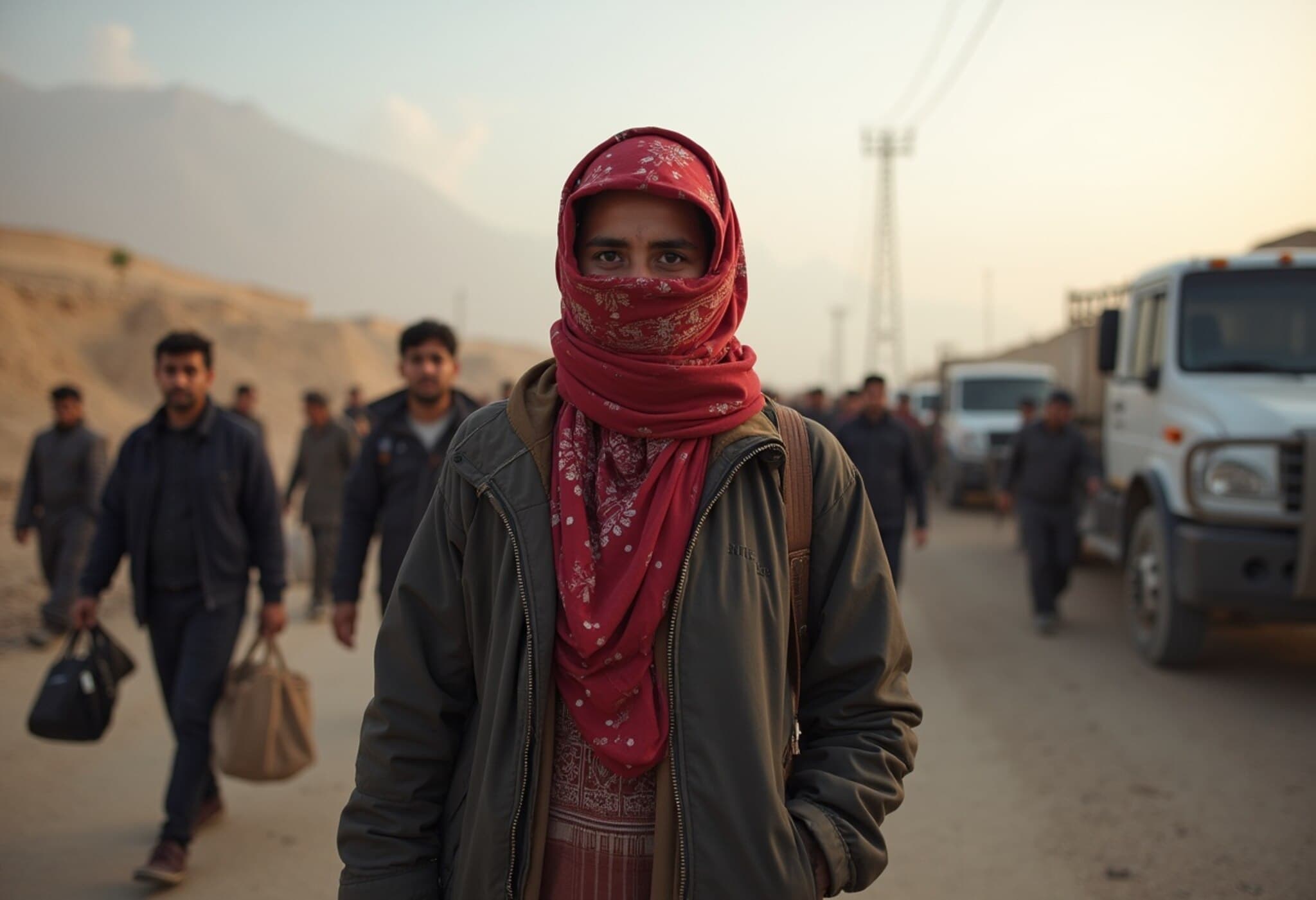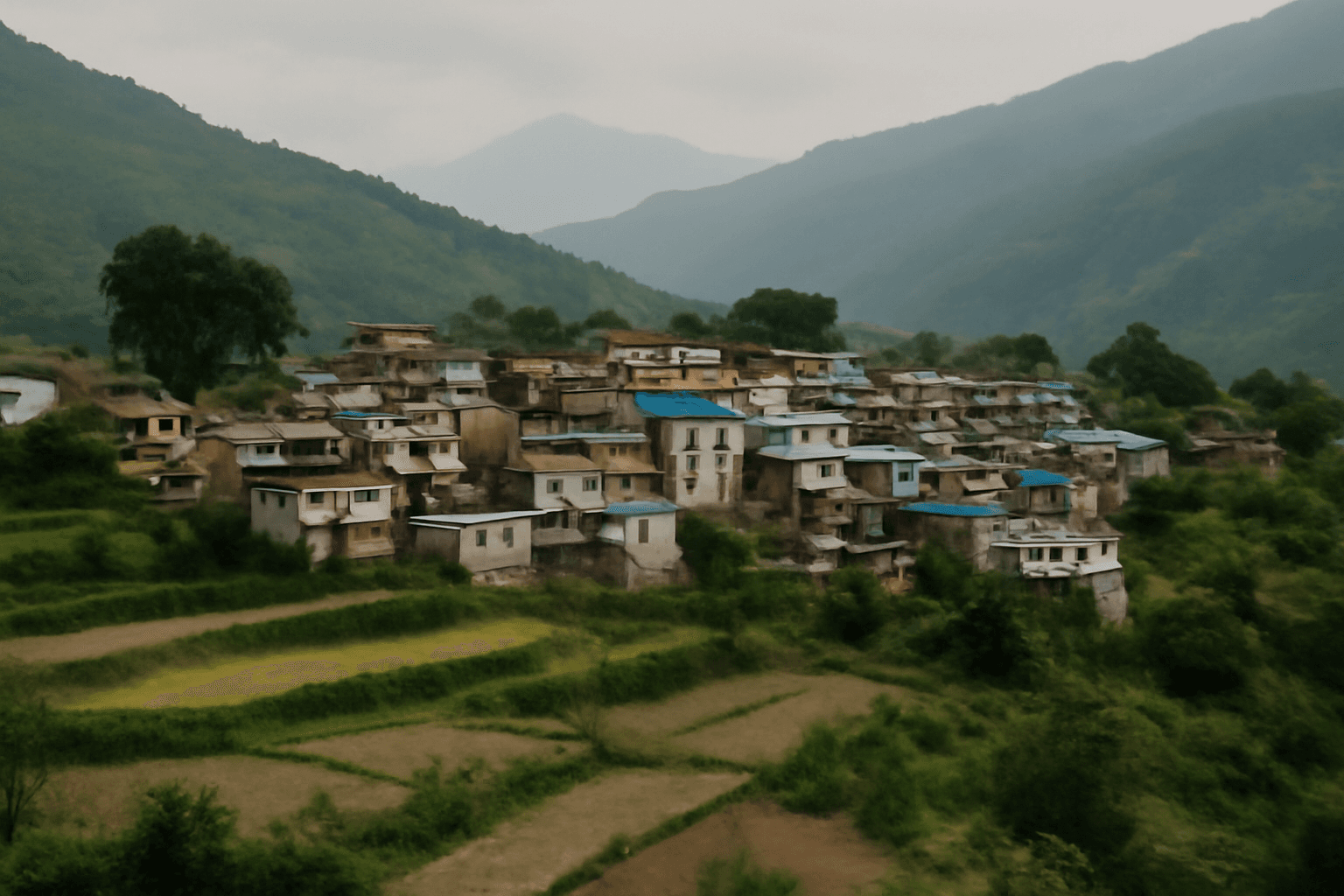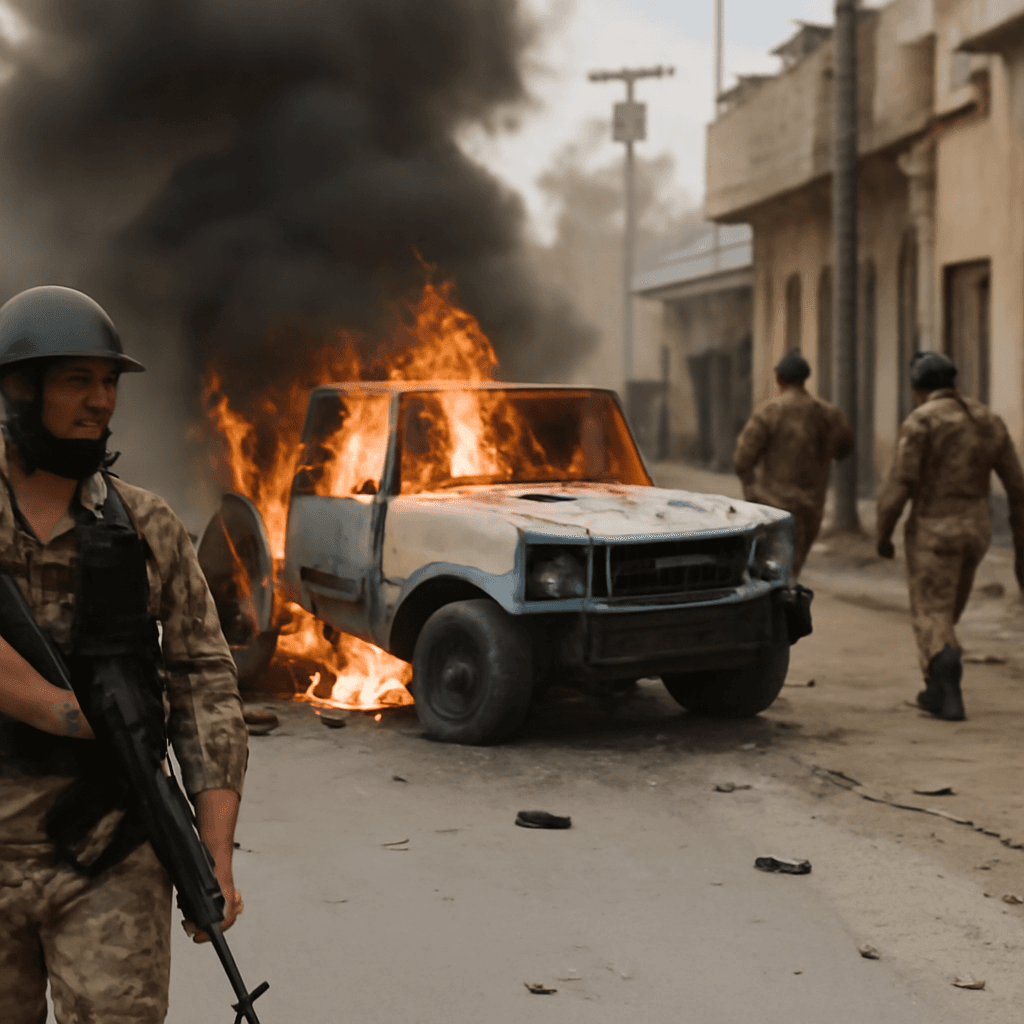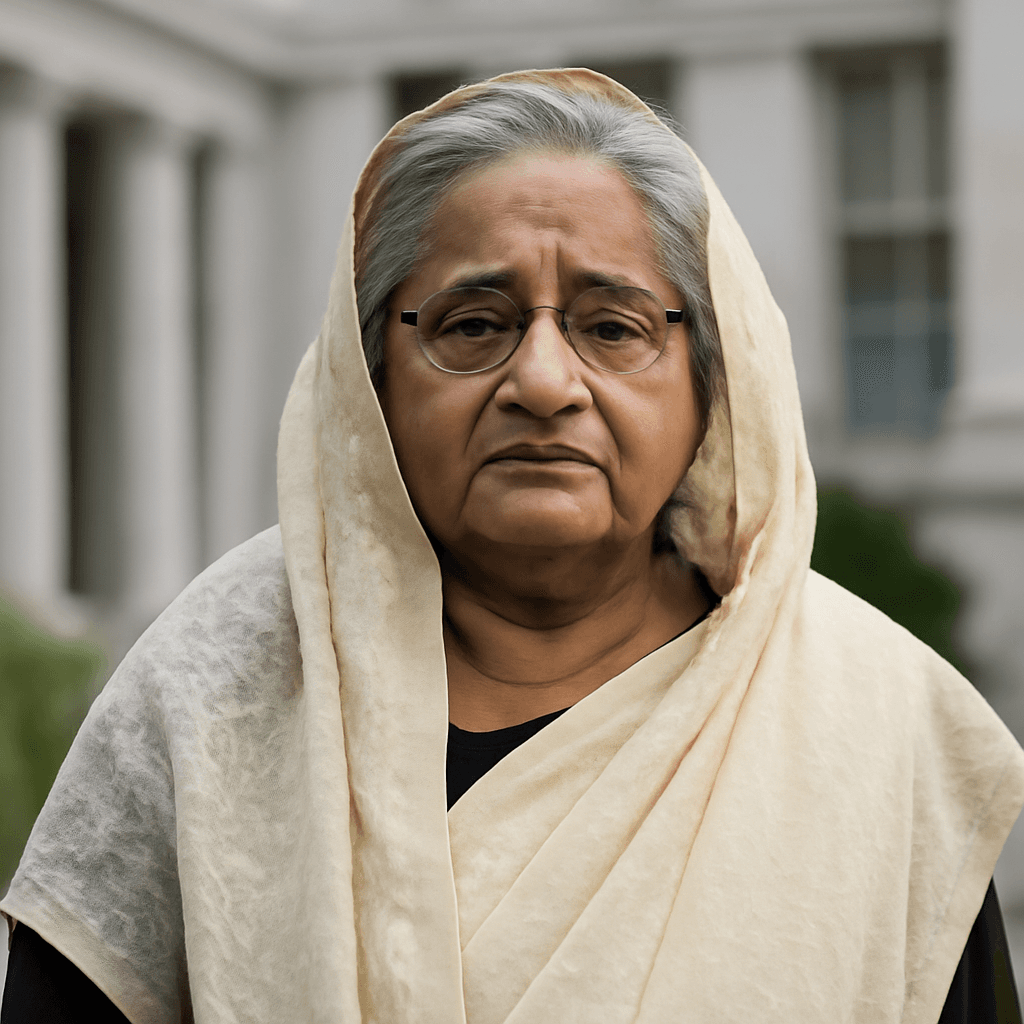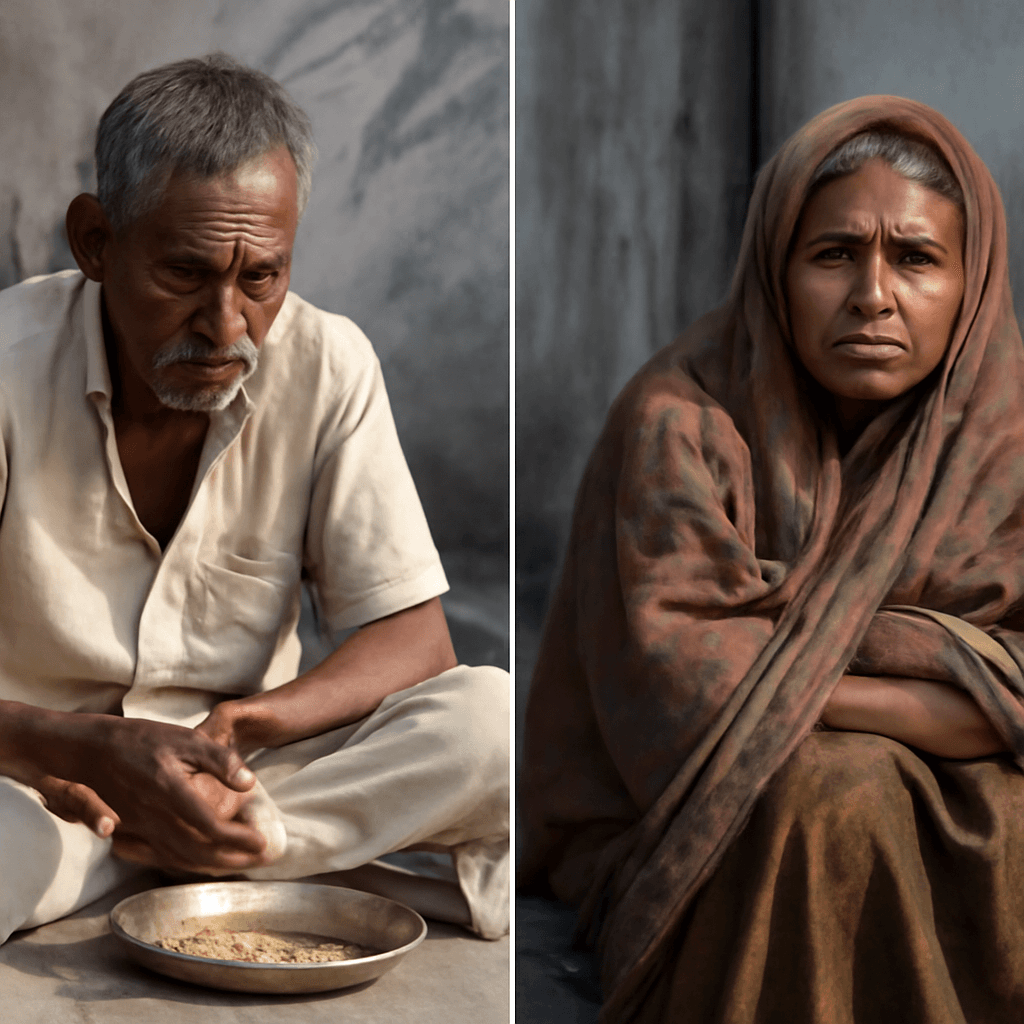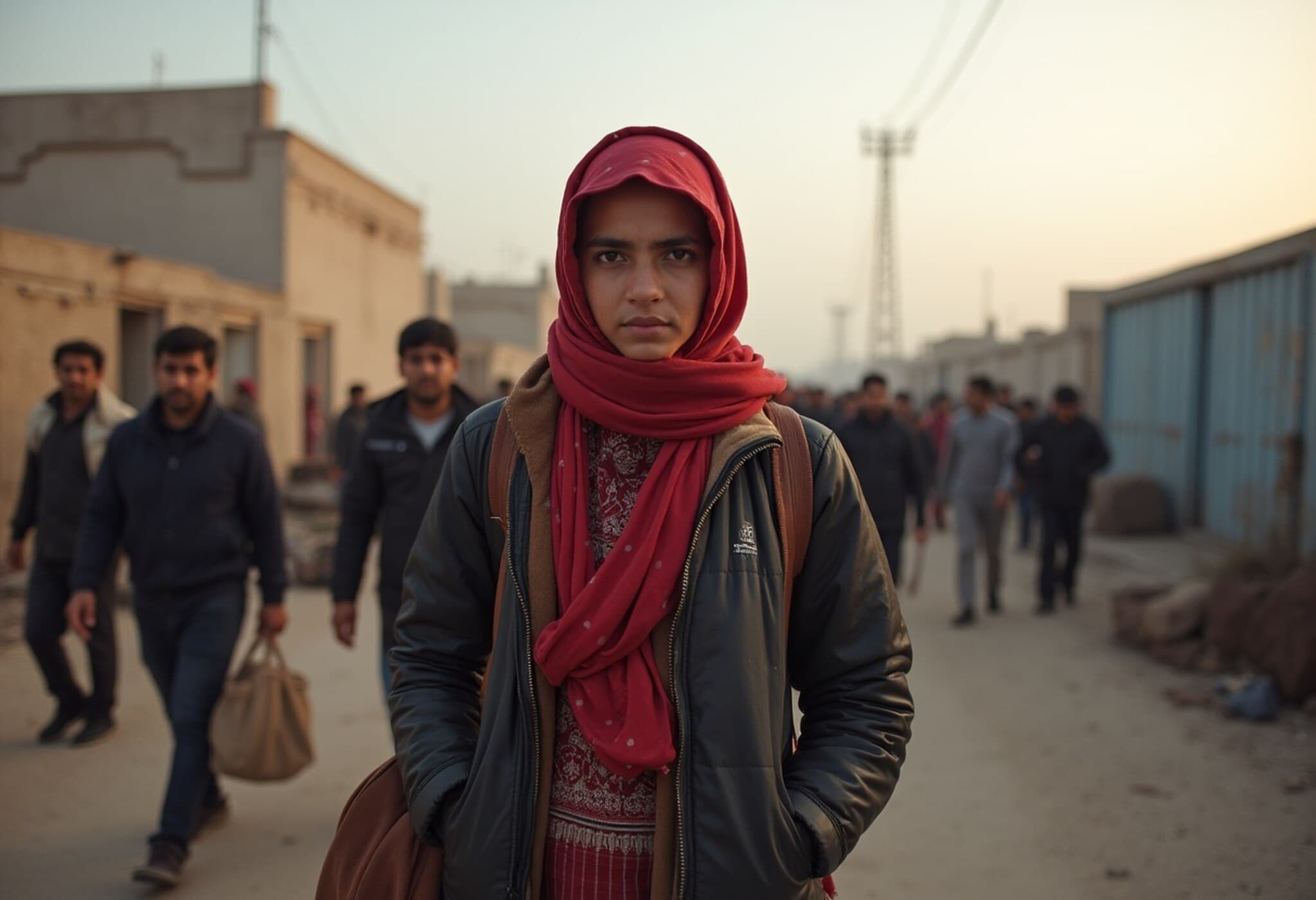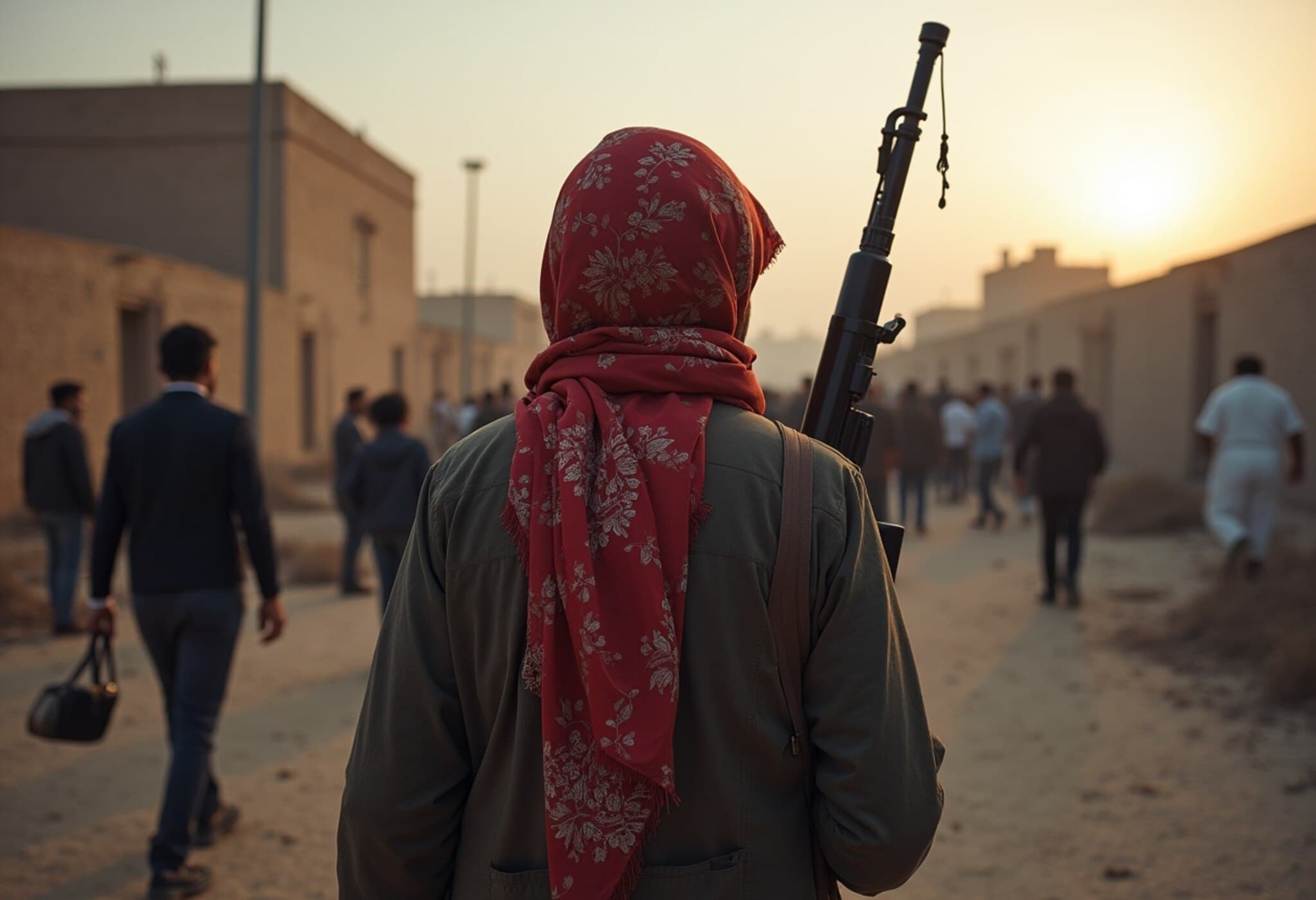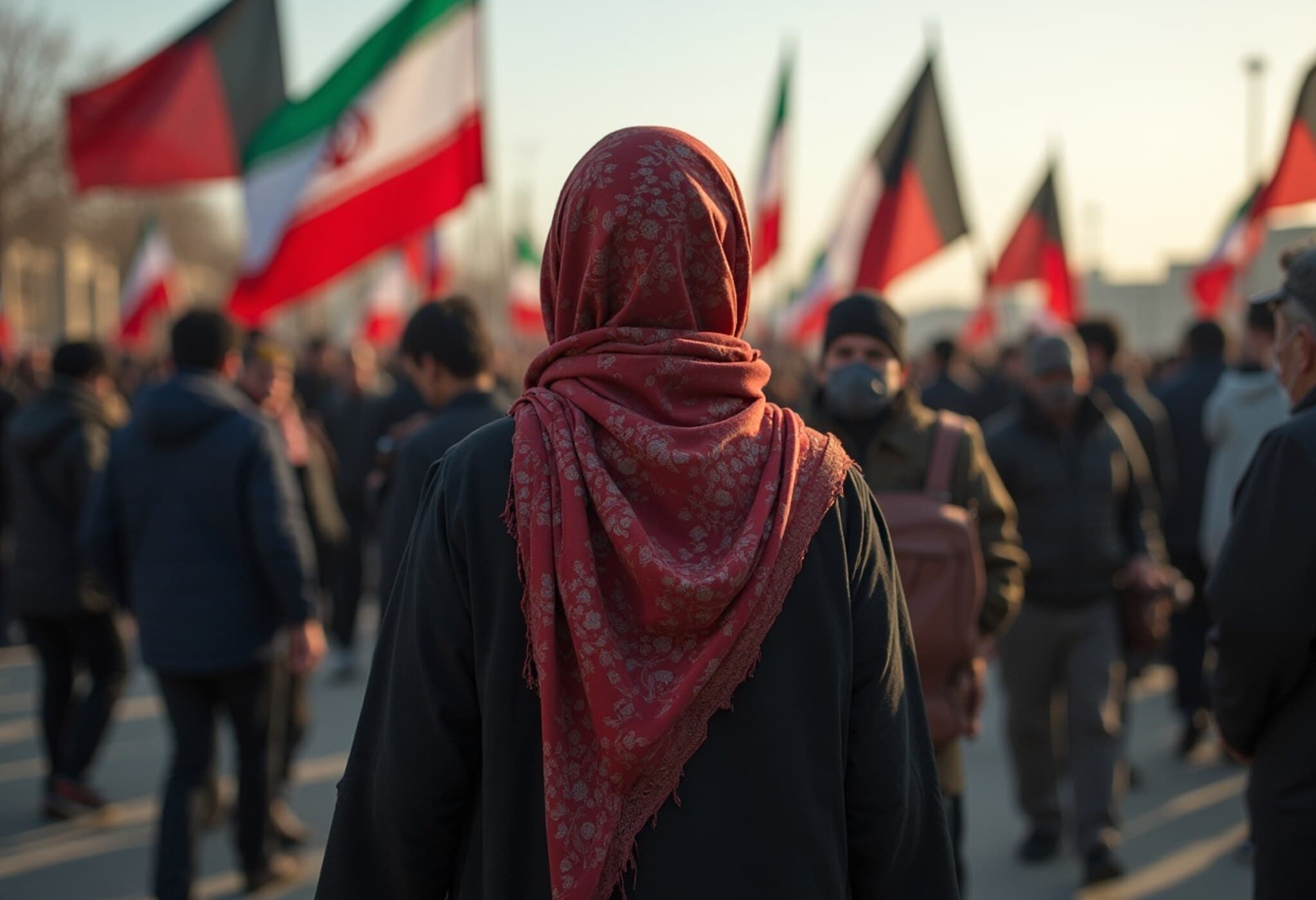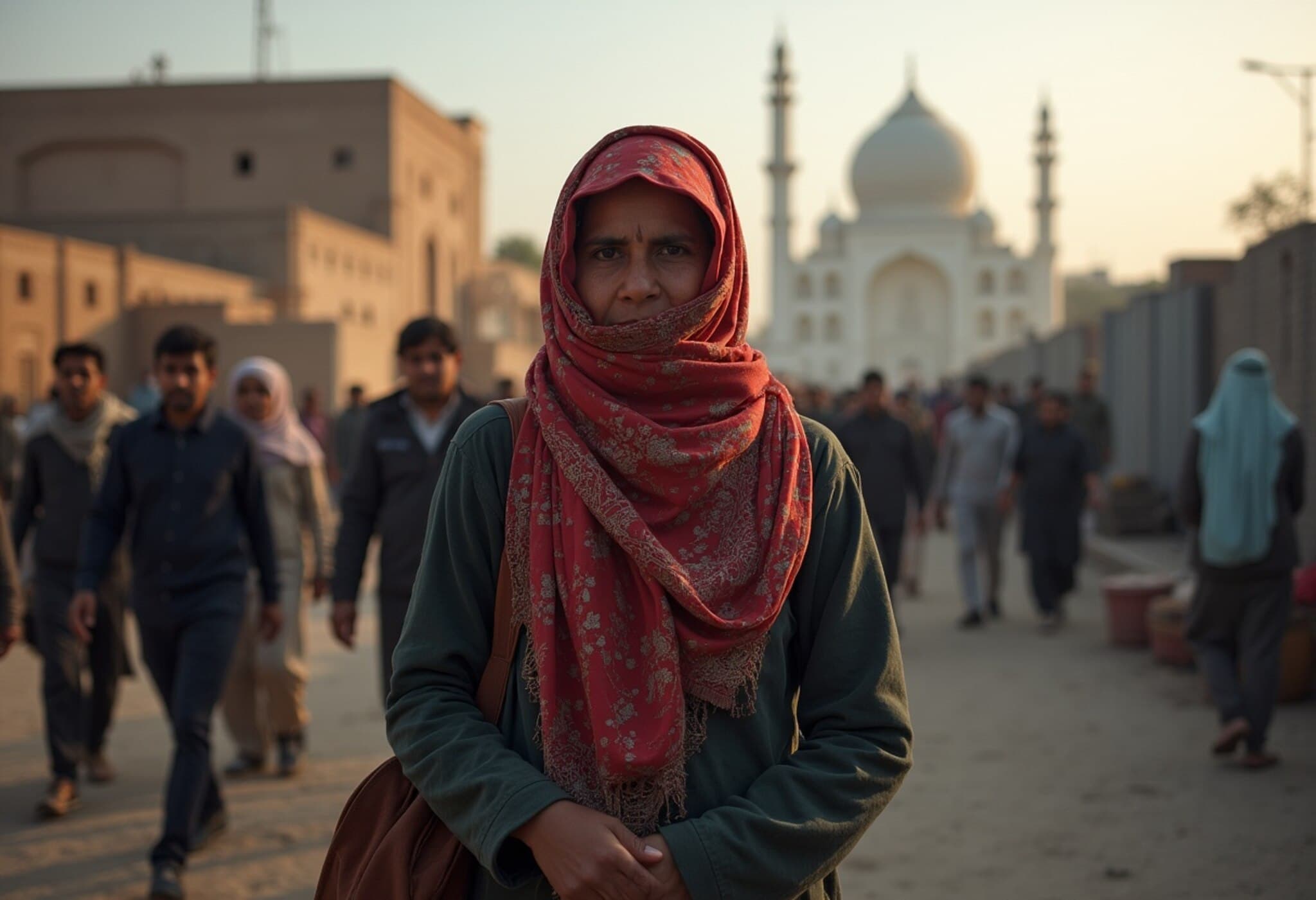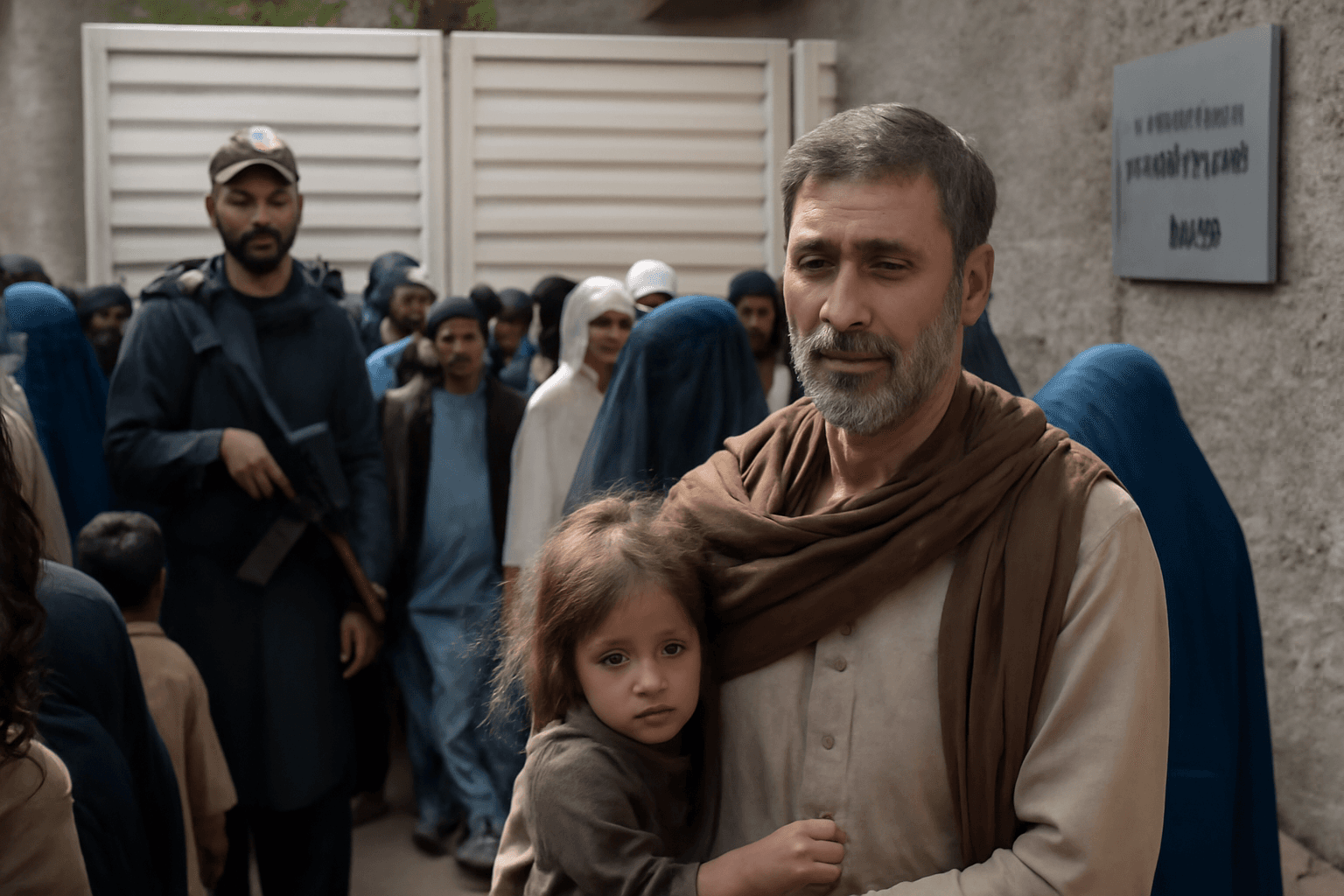Mass Return of Afghan Refugees at Pakistan's AfPak Border
In a rapidly unfolding humanitarian development, thousands of Afghan nationals surged toward the Chaman border on Friday after Pakistan intensified its deportation efforts. Officials from the region report that approximately 4,000 to 5,000 people were gathered at the border, seeking to return to Afghanistan amid growing pressure from Pakistani authorities.
Background: Decades of Afghan Displacement
For over four decades, successive waves of conflict have forced millions of Afghans to seek refuge in neighboring Pakistan. The 2021 Taliban takeover marked another pivotal moment, sparking fears of repression and economic collapse, which drove a new surge of migrants. Many Afghans have lived in Pakistan for decades, some even born there, contributing to complex social and economic dynamics.
Renewed Deportation Campaign and Its Implications
Pakistan reignited its deportation campaign earlier this year after canceling hundreds of thousands of Afghan residence permits in April 2025. Authorities continue to urge Afghans living in the country’s southwest to leave voluntarily, while also warning that failure to comply may result in arrest.
Mehar Ullah, a senior official in Quetta—the capital of Balochistan province bordering Afghanistan—explained that the government aims to repatriate Afghans "in a respectful and orderly manner." Yet the reality on the ground appears urgent and fraught with anxiety for many migrants.
Impact on Border Communities and Regional Stability
Both Pakistan’s Balochistan province and neighboring Afghan provinces share deep cultural ties but are also hotspots of volatility. The return influx places additional strains on local infrastructure and social services in Afghanistan, already grappling with a humanitarian crisis under the Taliban regime.
Afghan officials in Kandahar acknowledge the noticeable uptick in returnees. Abdul Latif Hakimi, head of Refugee Registration in Kandahar, confirmed the increased arrivals, underscoring the cross-border human consequences of policy shifts in Islamabad.
Security Concerns and Political Underpinnings
Underlying Pakistan’s hardline stance is a security narrative framing Afghan migrants as potential threats. Islamabad has labeled many as "terrorists and criminals," tying refugee presence to militant violence, particularly as Pakistan battles ethnic insurgencies in its southwest and increasing attacks by the Pakistani Taliban.
This driving security rationale is compounded by economic challenges within Pakistan and growing public resentment against hosting a large Afghan refugee population. This domestic pressure has likely bolstered the government’s resolve to pursue mass deportations despite the humanitarian complexities.
A Regional Crisis with Wider Implications
- More than 1 million Afghans have left Pakistan since 2023, including over 200,000 since April 2025.
- Many deported individuals held temporary residency permits, highlighting the precarious legal status of long-term Afghan residents.
- Neighboring Iran similarly repatriated over 1.5 million Afghans recently, indicating a regional tightening of borders.
- Afghanistan’s internal crisis worsens under Taliban rule, with draconian restrictions impacting education, employment, and human rights.
Expert Insights: The Humanitarian and Policy Dilemma
Experts caution that while Pakistan’s security concerns are understandable, mass deportations risk deepening Afghanistan’s humanitarian crisis and destabilizing the region further. The international community’s engagement is critical to support both countries amid complex migration and security challenges.
Moreover, forcibly uprooting populations with decades-long ties to host countries raises profound questions about rights, integration, and long-term policy planning for refugee and migrant communities worldwide.
Editor’s Note
As Pakistan’s intensified deportation drive triggers large-scale movement at the AfPak border, this story highlights the fragile intersection of security, humanitarian imperatives, and regional geopolitics. It invites readers to consider how displacement policies affect real lives and what sustainable solutions might look like in a turbulent region. How will Afghanistan absorb this influx amid its own crisis? What role should international actors play in balancing security with human dignity? These questions remain urgent.

